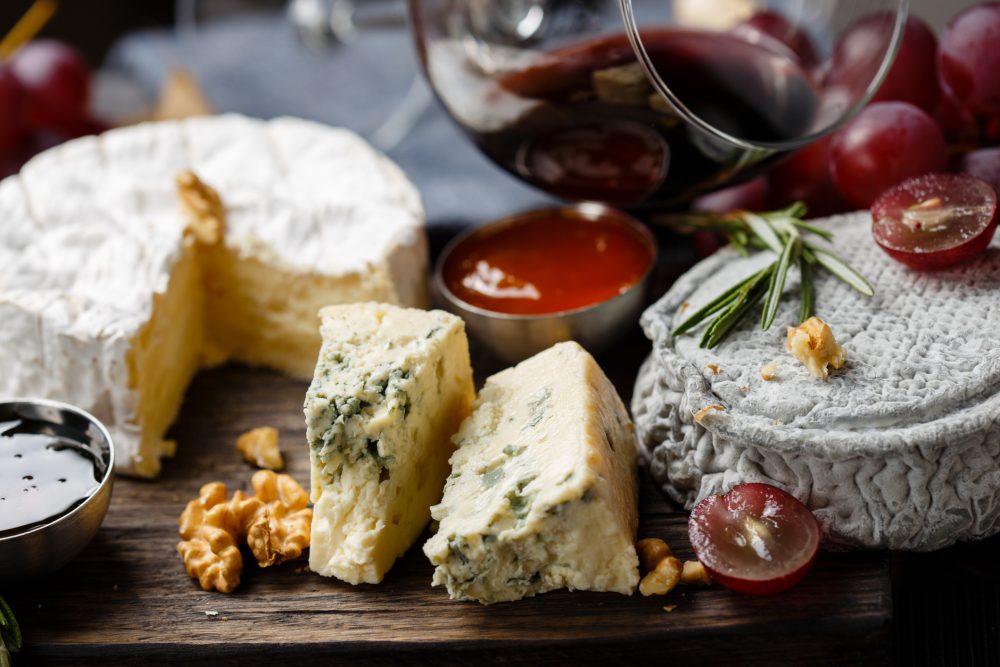
As a lover of cheese, I’ve made it my mission to eat as much as I can when I travel and to taste regional specialties. Then when I’m home whipping up a tasting plate can be an easy way to share my travels with friends.
Sounds easy, well not so easy! There are literally hundreds of French cheeses to choose from and many of them are available in Australia. How can you possibly choose?
The first thing to get your head around is how cheese is categorised. We all know fromages frais, like those soft dewy goat’s cheese that easily spread on your toast. And the washed rind cheese (the stinky ones), blue cheese and hard cheeses. But then what about the speciality cheeses, cheeses stuffed with figs, wrapped in bacon and who ever knows what else.
French cheese is also categorised by region. Take a Casinca (soft washed-rind goat’s cheese from Corsica) to Yolo (a pressed cow’s milk cheese from the Aquitaine region). See what I mean?
To complicate further, cheese unique to a region may also be designated by the AOC/AOP (Appellation d’Origine Contrôlée/Protegée). The first cheese to bear the label was Roquefort in 1925, although its origins date back to the 15th century. There are now 40 or more varieties that bear the AOC/AOP.
And classification is according to their milk of origin: cow, goat or sheep. Makes perfect sense. That is until you are lined up in the fromagerie and have no idea where to start let alone what to buy.
Making a cheese plate 101
Next challenge is how to put the cheese together on the plate. There are several schools of assembly, none are more correct than the other. There is at least one guiding principle and that is to select an odd number of cheeses. Three, five, seven and so on. Why? There is no real answer – it really comes down to creating variety and layout.
You can keep it simple and choose either goat, sheep or cow’s, milk cheeses and make a plate of only these. If you do this, go for variety and pick a cheese from each of the following categories: fresh, hard, blue and soft.
How about a Camembert de chèvre, a chèvre frais, a chèvre sec and maybe a speciality chèvre or a Roquefort? Get creative.
Alternatively, pick several of the same type of cheese – blue for example to compare and contrast. That said you’ve got to be pretty confident your guests like that style of cheese, or a hungry lot they may be.
Another option is to mix familiar and unfamiliar cheeses. A Comte, Camembert de Normandie and Burgundy’s Époisses are a good starting trio.
And how much cheese should you allow? Estimate 50 gms per person per cheese and arrange them mildest to strongest. Take them out of the fridge at least one hour before serving so that they get to room temperature.
Now all you need is the wine and bread! Bon appétite.


